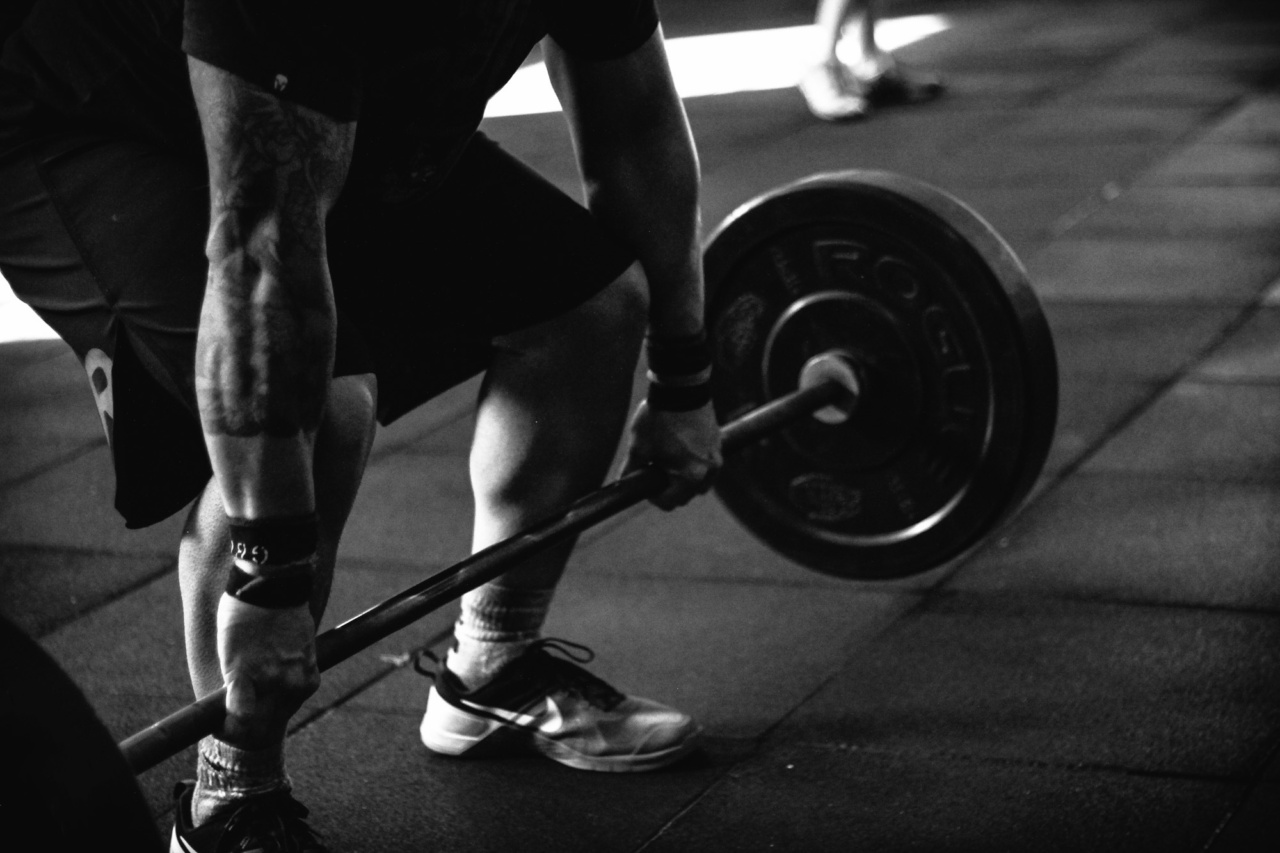Muscle dysmorphia, also known as “bigorexia” or “reverse anorexia,” is a type of body dysmorphic disorder that affects primarily men who engage in weightlifting, bodybuilding, and other fitness-related activities.
It is a mental health condition characterized by a preoccupation with one’s perceived lack of muscularity and an obsession with obtaining a muscular, lean physique.
What is Muscle Dysmorphia?
Muscle dysmorphia is a subtype of body dysmorphic disorder (BDD), which is a psychiatric illness characterized by obsessive and distressing thoughts about one’s appearance.
Unlike the more common variants of BDD that focus on thinness and dissatisfaction with body parts such as the nose, skin, or hair, muscle dysmorphia is centered on muscularity and body size.
People with muscle dysmorphia have an irrational preoccupation with their body image and engage in extreme behaviors to increase their muscle mass, decrease their body fat, and achieve an impressive physique.
They spend many hours in the gym, adopt strict dietary restrictions, and sometimes resort to taking anabolic steroids, performance-enhancing drugs, and other dangerous substances to reach their goal.
Symptoms of Muscle Dysmorphia
Muscle dysmorphia is often associated with the following physical and psychological symptoms:.
- An intense desire to gain more muscle mass and strength
- An obsessive preoccupation with diet and nutrition
- A strict and regimented workout routine
- Excessive grooming and mirror-checking
- Anxiety, depression, and mood swings
- Social withdrawal and isolation
- Sexual dysfunction and low libido
- Anger and aggression
- Insomnia
These symptoms can interfere with a person’s daily life, work, and relationships, and may lead to other health problems such as malnutrition, cardiovascular disease, and liver damage.
Causes of Muscle Dysmorphia
The exact causes of muscle dysmorphia are not well understood, but several factors may contribute to its development, including:.
- Genetics: There may be a genetic predisposition to muscle dysmorphia, as it tends to run in families and is more common among identical twins.
- Social pressure: The media and popular culture often promote a narrow and unrealistic ideal of male beauty, which reinforces the idea that a muscular, lean physique is the epitome of masculinity and attractiveness.
- Past trauma: Some people with muscle dysmorphia may have experienced bullying, rejection, or other forms of emotional distress in their youth, leading them to seek validation and self-esteem through an idealized body image.
- Eating disorders: Muscle dysmorphia shares some features with eating disorders, such as restrictive eating and body dissatisfaction, and may co-occur with anorexia or bulimia.
Treatment for Muscle Dysmorphia
Muscle dysmorphia is a treatable condition, but it often goes undiagnosed or misdiagnosed due to the stigma attached to it and the reluctance of those affected to seek help.
Treatment typically involves a combination of psychotherapy, medication, and lifestyle changes.
Psychotherapy can help people with muscle dysmorphia identify and challenge their negative thoughts and beliefs about their body image, develop coping skills for managing the triggers and stressors that contribute to their disorder, and improve their self-esteem and social functioning. Cognitive-behavioral therapy (CBT) has been shown to be effective for BDD, including muscle dysmorphia, as it targets the cognitive distortions and avoidance behaviors that maintain the disorder.
Medication can also be helpful in reducing the symptoms of muscle dysmorphia, particularly if there are co-occurring conditions such as anxiety or depression.
Selective serotonin reuptake inhibitors (SSRIs) have been shown to be effective for BDD, but more research is needed to determine their efficacy for muscle dysmorphia specifically.
Lifestyle changes such as reducing the time spent in the gym, taking breaks from weightlifting, and adding variety to one’s exercise routine can also help people with muscle dysmorphia break the cycle of compulsive behavior and give their body time to recover and heal.
Prevention of Muscle Dysmorphia
Preventing muscle dysmorphia involves educating the public and the fitness industry about the dangers of body obsession and the importance of a healthy, balanced lifestyle.
This may include promoting a wider range of male beauty standards and challenging toxic masculinity, providing resources and support for people with BDD, and discouraging the use of anabolic steroids and other performance-enhancing substances in athletics.
Parents, teachers, coaches, and healthcare providers can also play a role in preventing muscle dysmorphia by recognizing the signs and symptoms of BDD and seeking early intervention and treatment for those affected.
Conclusion
Muscle dysmorphia is a serious mental health disorder that affects many men who engage in fitness-related activities.
It is characterized by an obsession with muscularity and body image and can lead to a range of physical, psychological, and social problems.
Treatment for muscle dysmorphia involves psychotherapy, medication, and lifestyle changes, and prevention may involve promoting a healthier and more diverse standard of male beauty and raising awareness about the risks of body obsession and performance-enhancing substances.






























